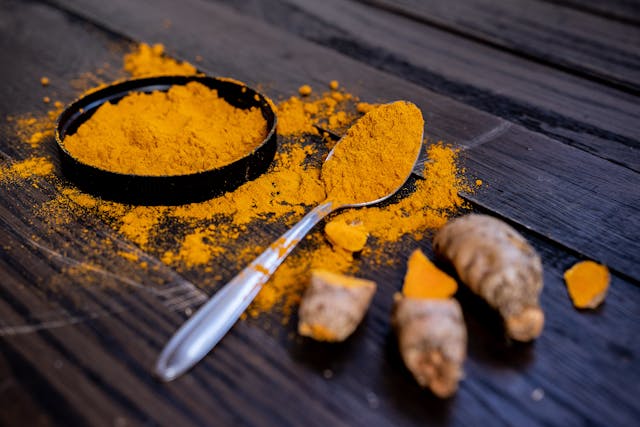In 2017, a heart-rending episode unfolded at a hospital in Nevada. A woman who had been admitted with pneumonia tragically lost her life due to multiple organ failure and sepsis. The cause of her death was traced back to a particularly tenacious strain of bacteria that was resistant to an astounding 26 different antibiotics. Such antibiotic-resistant bacteria, commonly known as superbugs, represent a grave threat to public health across the globe.
In response to this escalating challenge, a team of researchers from Texas A&M University has made significant progress in the fight against these lethal microbes. They have discovered that curcumin, the compound responsible for turmeric’s vivid yellow hue, might hold the key to mitigating antibiotic resistance. Their research, published in Scientific Reports, demonstrates that curcumin, when used as a nutrient for bacteria and activated by light, initiates harmful reactions within the bacteria, eventually leading to their death. This process reduces the prevalence of antibiotic-resistant strains and could restore the effectiveness of traditional antibiotics.
The historical context of this research highlights the transformative impact of antibiotics since their inception. Before the advent of these drugs, infectious diseases were a leading cause of death, significantly reducing life expectancy. The introduction of antibiotics dramatically extended the human lifespan by an average of 23 years. However, the recent decades have seen a plateau in discovering new antibiotics, during which antibiotic-resistant bacteria have become increasingly common. This has ushered in the era of superbugs — formidable pathogens like methicillin-resistant Staphylococcus aureus (MRSA) and vancomycin-resistant enterococci, which are notoriously difficult to treat.
Dr. Vanderlei Bagnato, a professor in the Department of Biomedical Engineering at Texas A&M and the study’s senior author, referred to the growing prevalence of antibiotic resistance as an ‘antibiotic catastrophe.’ He emphasized the need for alternative strategies that can either eradicate superbugs or modify bacteria’s internal processes to make antibiotics more effective. The study seeks to reduce bacterial heterogeneity, which can lead to variations in how bacteria respond to antibiotics, thus directly contributing to treatment resistance.
The researchers employed a technique known as photodynamic inactivation, which uses light and photosensitizers to produce reactive oxygen species that kill microorganisms by disrupting their metabolic processes. In their experiments, curcumin served as the photosensitizer and was administered to strains of Staphylococcus aureus resistant to several antibiotics, including amoxicillin, erythromycin, and gentamicin. The bacteria were subjected to multiple cycles of light exposure, which reduced the concentration of antibiotics required to eliminate the bacteria compared to those that did not receive light exposure.
Dr. Vladislav Yakovlev, another contributor to the study and a professor in the Department of Biomedical Engineering, highlighted the broader implications of their findings. Photodynamic inactivation provides a cost-effective treatment option and can potentially reduce healthcare costs globally, including in the United States. It could be particularly beneficial in military medicine, offering a means to treat battlefield injuries and prevent the spread of antimicrobial resistance—a significant concern in combat situations. This innovative approach could revolutionize the treatment of infections resistant to conventional antibiotics, marking a significant step forward in the ongoing battle against superbugs.
More information: Jennifer Soares et al, Photodynamic inactivation and its effects on the heterogeneity of bacterial resistance, Scientific Reports. DOI: 10.1038/s41598-024-79743-y
Journal information: Scientific Reports Provided by Texas A&M University








